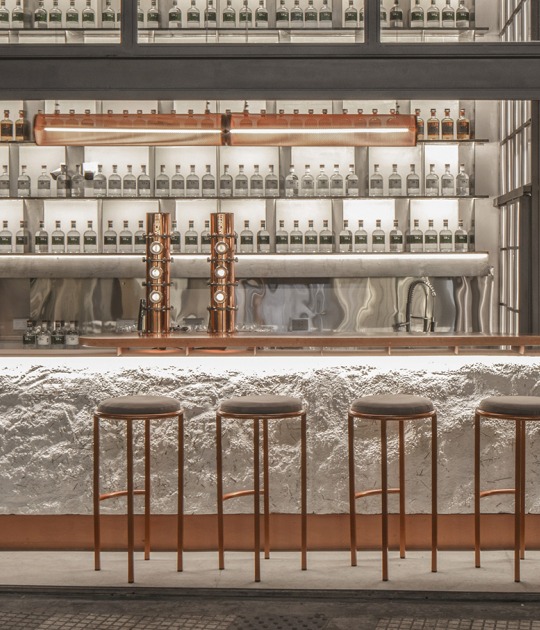The roof has been designed through an exhaustive study to make the most of energy, it combines different systems that generate renewable energy. The most important and public rooms are located on the main street, while the most private rooms are with views of the landscape.
Description of project by Foster + Partner
InnHub La Punt is a new centre for innovation in the heart of the Engadin valley that seeks to bring new visitors together with the local community to increase prosperity, create new jobs, and revitalise local crafts and produce. It is based on the idea of the ‘third place’ – away from the workplace and home – to create a space for collaboration and creativity. The 6,000-square-metre project will comprise work and seminar spaces, sports facilities, retail shops, a restaurant as well as an underground car park. The project will act as a catalyst for transformation by bringing innovative people and ideas to the valley.
Located on a prominent site at the entrance to the village, the project offers locals, tourists, technology companies, start-ups and universities a place to exchange ideas. The design is inspired by the landscape and the local architecture with a protective wall that envelopes the site, blocking the cold winds and enabling pockets of shelter and enhanced microclimate. This wall acts as a contemporary interpretation of the thick, insulating walls and deep windows of the Engadin valley where smaller openings are introduced to minimise heat loss. The roof has been carefully designed to combine renewable energy generation systems, arranged on angled surfaces to avoid snow accumulation, while allowing daylight to enter the deepest parts of the building. These energy efficient systems together with the photovoltaic panels generate a third of the building’s total energy demand.
Shops and public functions are located along the main street, while the more private functions face the surrounding landscape, pulling greenery into the site through the courtyard. A public route through the site draws life into the meeting and collaboration spaces, allowing people to glimpse the energy and vitality of the community hub.
The entire low-rise ensemble has a contoured roofscape with roof lights that bring natural light into the interior spaces. At the heart is the ‘village square’ – an amphitheatre, a gathering space which will become the social focal point of La Punt. The building is made of local materials and covered in larch shingles. On top of the theatre, will be a distinctive rooftop café and terrace, set beautifully against the backdrop of the valley.








































